Home>Storage & Organization>Kitchen Organizing Tools>How To Retrain A Cat To Use The Litter Box After Uti
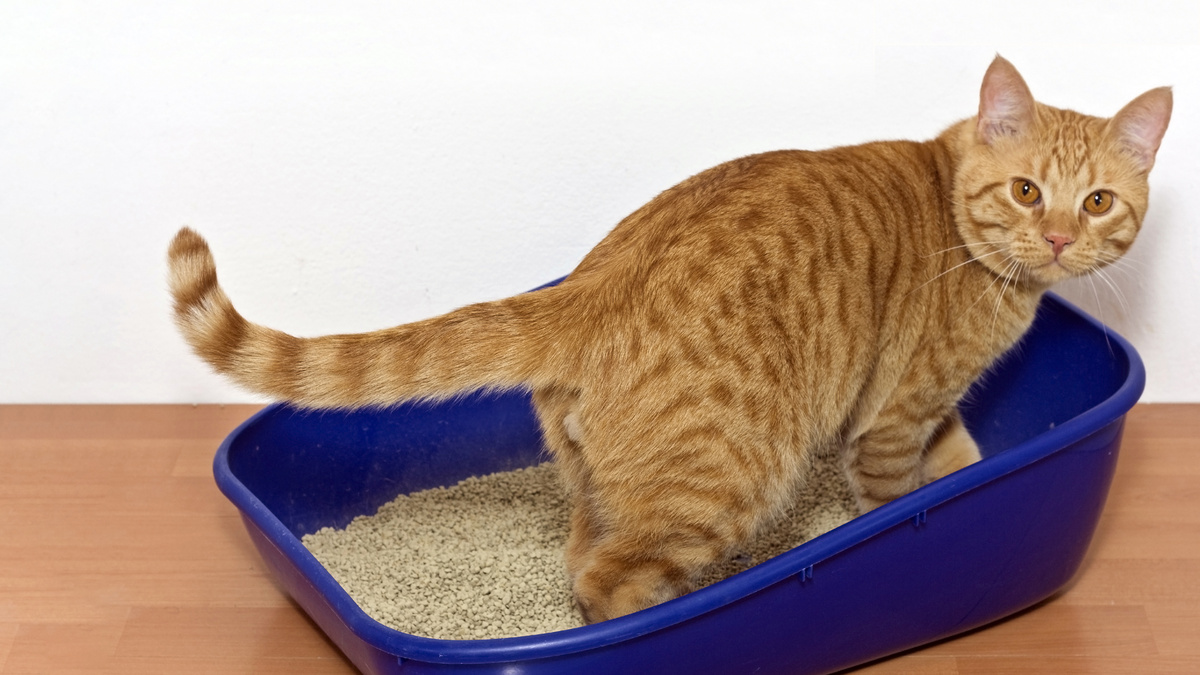

Kitchen Organizing Tools
How To Retrain A Cat To Use The Litter Box After Uti
Modified: August 24, 2024
Discover effective methods for retraining your cat to use the litter box after a UTI. Find the best kitchen organizing tools to keep your space tidy and efficient.
(Many of the links in this article redirect to a specific reviewed product. Your purchase of these products through affiliate links helps to generate commission for Storables.com, at no extra cost. Learn more)
Understanding the Cause of the Problem
When a cat suddenly stops using the litter box, it can be a cause of concern for pet owners. Understanding the underlying reasons for this behavior is crucial in addressing the issue effectively. One common cause is a urinary tract infection (UTI), which can make it painful for the cat to urinate. As a result, the cat may associate the discomfort with the litter box and begin to avoid it.
Additionally, stress and anxiety can also lead to litter box aversion in cats. Changes in the household environment, such as moving to a new home, introducing a new pet, or experiencing loud noises, can trigger stress in cats, causing them to avoid the litter box. It's essential to observe the cat's behavior and identify any potential stressors that may be contributing to the problem.
Furthermore, the cleanliness of the litter box and its surroundings can significantly impact a cat's litter box habits. Cats are naturally clean animals, and they may refuse to use a soiled or malodorous litter box. Therefore, inadequate cleaning or infrequent litter changes can lead to litter box avoidance.
Understanding the cause of the problem is the first step in addressing a cat's reluctance to use the litter box. By recognizing potential health issues, stressors, and environmental factors that may be affecting the cat, pet owners can take proactive measures to help their feline companions regain their litter box habits.
Key Takeaways:
- Cats may stop using the litter box due to UTI or stress. Keep the litter box clean and provide a comfortable environment to help them relearn litter box habits.
- Choose the right litter box and litter type to make the litter box inviting. Gradually reintroduce the cat to the litter box with patience and positive reinforcement.
Read more: How To Retrain My Cat To Use The Litter Box
Creating a Comfortable and Clean Environment
Ensuring a comfortable and clean environment is paramount in encouraging a cat to use the litter box consistently. Cats are inherently fastidious animals, and they are more likely to use the litter box if it is situated in a tranquil and inviting space. Here are essential steps to create an environment that promotes positive litter box behavior:
-
Selecting the Ideal Location: Choose a quiet and low-traffic area for the litter box. Cats prefer privacy when using the litter box, so placing it in a secluded yet accessible location is crucial. Avoid positioning the litter box near noisy appliances, such as washing machines or dryers, as the loud sounds can startle the cat and deter them from using the box.
-
Maintaining Cleanliness: Regularly scoop the litter box to remove waste and clumps. Cats are more likely to use a clean litter box, and failure to maintain cleanliness can lead to aversion. Aim to scoop the box at least once a day, and consider a complete litter change every one to two weeks, depending on the type of litter used.
-
Providing Sufficient Litter Boxes: In households with multiple cats, it's essential to have an adequate number of litter boxes. The general rule is to have one litter box per cat, plus an extra box. This ensures that each cat has access to a litter box and reduces the likelihood of territorial disputes over the litter box.
-
Choosing the Right Size and Type of Litter Box: The litter box should be spacious enough for the cat to move comfortably. Covered litter boxes may provide privacy, but some cats may feel confined or trapped inside, leading to aversion. Open litter boxes with low sides are often preferred by cats as they allow for easy entry and exit.
-
Eliminating Odors: Use unscented litter to avoid overwhelming the cat with strong fragrances. Additionally, consider placing an air purifier or using odor-neutralizing products in the vicinity of the litter box to minimize unpleasant odors. Cats are sensitive to smells, and a clean, odor-free environment can encourage them to use the litter box consistently.
By creating a comfortable and clean environment, pet owners can significantly influence their cat's litter box habits. Cats thrive in a serene and hygienic space, and by addressing their environmental needs, pet owners can promote positive litter box behavior and enhance their feline companion's overall well-being.
Choosing the Right Litter Box and Litter
Selecting the appropriate litter box and litter is crucial in promoting positive litter box behavior in cats. The right choices can significantly impact a cat's comfort and willingness to use the litter box consistently. Here are essential considerations when choosing the right litter box and litter for your feline companion:
Litter Box Selection
When choosing a litter box, it's important to consider the cat's preferences and physical capabilities. The litter box should be spacious enough for the cat to move comfortably, with ample room for digging and covering waste. Additionally, the entry should be low enough to allow easy access, especially for kittens, senior cats, or those with mobility issues.
Open litter boxes with low sides are generally preferred by cats as they provide easy entry and exit, while also allowing for proper ventilation. Covered litter boxes, while offering privacy, may make some cats feel confined or trapped, potentially leading to litter box aversion. Therefore, it's essential to assess the individual cat's comfort and behavior when selecting the appropriate litter box style.
Furthermore, consider the number of cats in the household when determining the litter box quantity. In multi-cat households, the general guideline is to provide one litter box per cat, along with an additional box. This ensures that each cat has access to a litter box and reduces the likelihood of territorial disputes over the litter box.
Litter Type and Texture
The type of litter used in the litter box also plays a significant role in a cat's litter box habits. Cats have varying preferences when it comes to litter texture, and it's essential to consider their individual preferences. Common litter materials include clumping clay, silica gel crystals, natural plant-based litters, and recycled paper pellets.
Clumping clay litter is a popular choice due to its ability to form solid clumps, making waste removal more convenient. However, some cats may have sensitivities to dust or fragrances present in certain clay litters. Silica gel crystals offer excellent odor control and absorbency, but some cats may find the texture uncomfortable on their paws.
Natural plant-based litters, such as those made from corn, wheat, or pine, are biodegradable and environmentally friendly. These litters offer varying textures and may appeal to cats with sensitivities to traditional clay litters. Recycled paper pellets provide a soft and gentle texture, making them suitable for cats with sensitive paws.
When introducing a new litter type, it's important to observe the cat's response and adjust accordingly based on their comfort and litter box usage. Additionally, avoiding heavily scented litters is advisable, as strong fragrances may deter some cats from using the litter box.
By carefully selecting the right litter box and litter, pet owners can create an environment that encourages positive litter box behavior in their feline companions. Understanding the cat's preferences, physical capabilities, and sensitivities is essential in making informed choices that promote a comfortable and inviting litter box experience for the cat.
Gradually Introducing the Cat to the Litter Box
Introducing a cat to the litter box, especially after a period of litter box aversion, requires patience, understanding, and a gradual approach. By implementing a carefully structured reintroduction process, pet owners can help their feline companions reacquaint themselves with the litter box in a positive and stress-free manner.
The gradual introduction begins by creating a safe and inviting space around the litter box. Placing the litter box in a quiet and accessible location, away from potential stressors, is essential. Additionally, ensuring that the litter box is clean, filled with the cat's preferred litter, and positioned in a comfortable area sets the stage for a successful reintroduction.
To initiate the reintroduction process, gently guide the cat to the litter box after meals, playtime, or upon waking up. Encouraging the cat to explore the litter box at these specific times increases the likelihood of successful interactions. It's important to refrain from forcing the cat into the litter box, as this can create negative associations and further exacerbate litter box aversion.
Positive reinforcement plays a pivotal role in the reintroduction process. When the cat shows interest in the litter box or begins to use it, offering verbal praise, gentle petting, or small treats can reinforce the desired behavior. This positive association helps the cat view the litter box as a welcoming and rewarding space, fostering a sense of comfort and security.
Gradually increasing the cat's exposure to the litter box is crucial in the reintroduction process. Over time, pet owners can extend the cat's access to the litter box, allowing them to become familiar with its presence and purpose. Consistency and patience are key during this phase, as each cat may require varying amounts of time to reestablish their litter box habits.
In some cases, providing multiple litter boxes in different locations can aid in the reintroduction process, especially in multi-cat households. This ensures that each cat has convenient access to a litter box, reducing potential competition and territorial issues.
By gradually reintroducing the cat to the litter box in a patient and supportive manner, pet owners can help their feline companions overcome litter box aversion and regain their litter box habits. Understanding the cat's individual needs, preferences, and behavior is essential in tailoring the reintroduction process to ensure a positive and successful outcome.
Monitoring and Reinforcing Good Behavior
After successfully reintroducing the cat to the litter box, ongoing monitoring and reinforcement of good behavior are essential to maintain positive litter box habits. Consistency and attentiveness play a crucial role in ensuring that the cat continues to use the litter box appropriately. Here are key strategies for monitoring and reinforcing good behavior:
Observing Litter Box Usage
Regularly monitoring the cat's litter box habits is vital in identifying any potential issues or changes in behavior. Observing the frequency and consistency of litter box usage allows pet owners to gauge the cat's overall well-being and detect any signs of discomfort or reluctance. Additionally, paying attention to the quality of the cat's eliminations, such as the size, color, and frequency of urine clumps, can provide valuable insights into the cat's urinary health.
Addressing Stressors and Environmental Changes
Stressors and environmental changes can significantly impact a cat's litter box behavior. It's important to minimize potential stressors in the household and create a calm and predictable environment for the cat. Additionally, maintaining a consistent daily routine, providing enriching activities, and offering a secure and comfortable resting area can help alleviate stress and anxiety, contributing to positive litter box habits.
Providing Positive Reinforcement
Positive reinforcement is a powerful tool in encouraging and maintaining good litter box behavior. When the cat uses the litter box appropriately, offering verbal praise, gentle petting, or small treats reinforces the desired behavior. This positive association fosters a sense of accomplishment and comfort, strengthening the cat's inclination to continue using the litter box.
Promptly Addressing Litter Box Issues
If any issues or concerns arise regarding the cat's litter box habits, prompt intervention is crucial. Whether it's a change in litter box usage patterns, signs of discomfort during elimination, or indications of stress-related behavior, addressing these issues promptly can prevent the development of persistent litter box aversion. Consulting a veterinarian to rule out any underlying health issues is essential in maintaining the cat's urinary and overall well-being.
Maintaining a Clean and Inviting Environment
Continuing to uphold a clean and inviting litter box environment is paramount in reinforcing positive behavior. Regularly scooping the litter box, replacing soiled litter, and ensuring proper hygiene in the surrounding area promotes the cat's comfort and encourages consistent litter box usage. Additionally, monitoring the condition of the litter box and making adjustments based on the cat's preferences further contributes to a positive litter box experience.
By implementing these strategies and maintaining a proactive approach to monitoring and reinforcing good behavior, pet owners can support their feline companions in sustaining positive litter box habits. Understanding the cat's needs, providing a supportive environment, and offering consistent reinforcement contribute to a harmonious and stress-free litter box experience for both the cat and the pet owner.
Frequently Asked Questions about How To Retrain A Cat To Use The Litter Box After Uti
Was this page helpful?
At Storables.com, we guarantee accurate and reliable information. Our content, validated by Expert Board Contributors, is crafted following stringent Editorial Policies. We're committed to providing you with well-researched, expert-backed insights for all your informational needs.
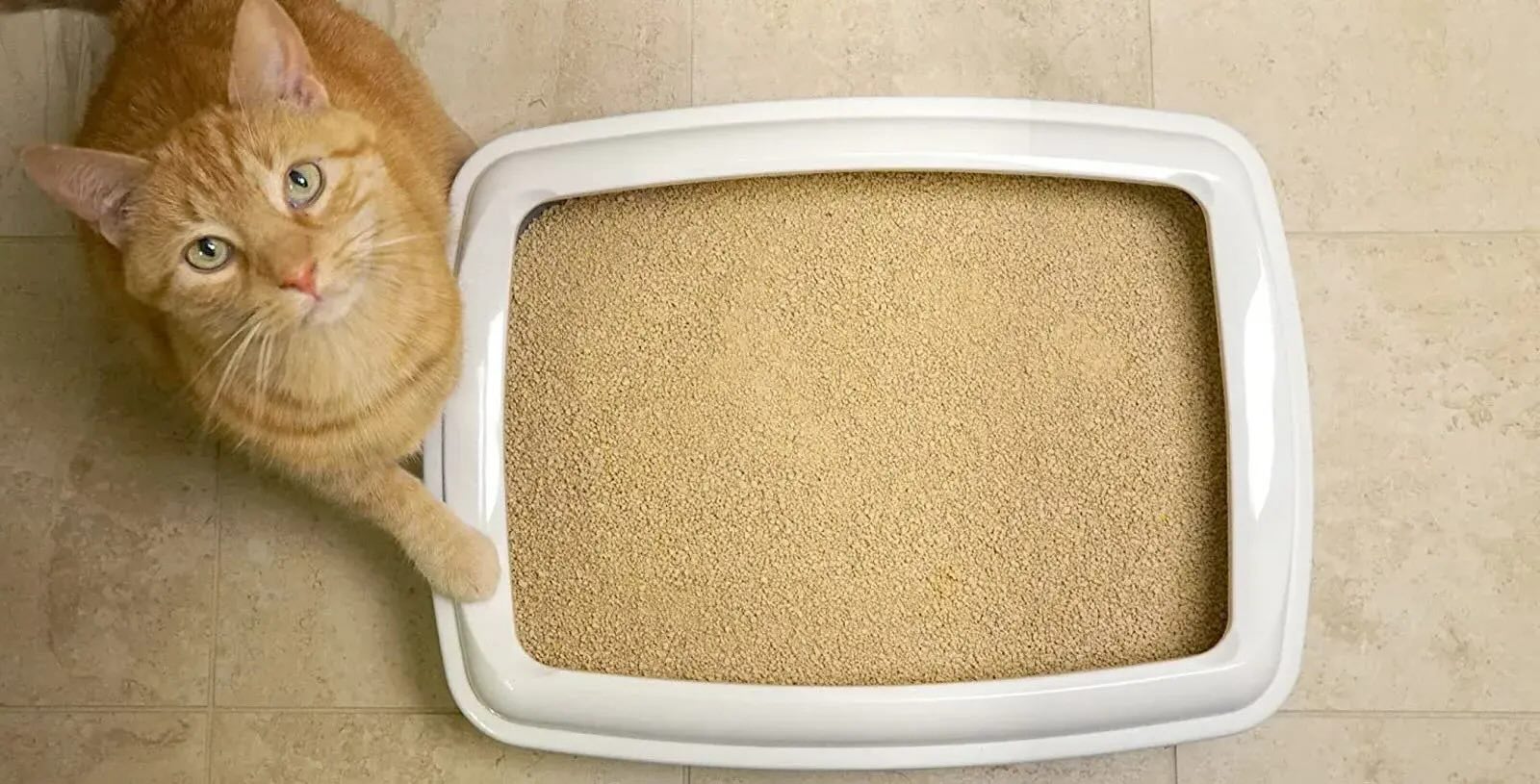
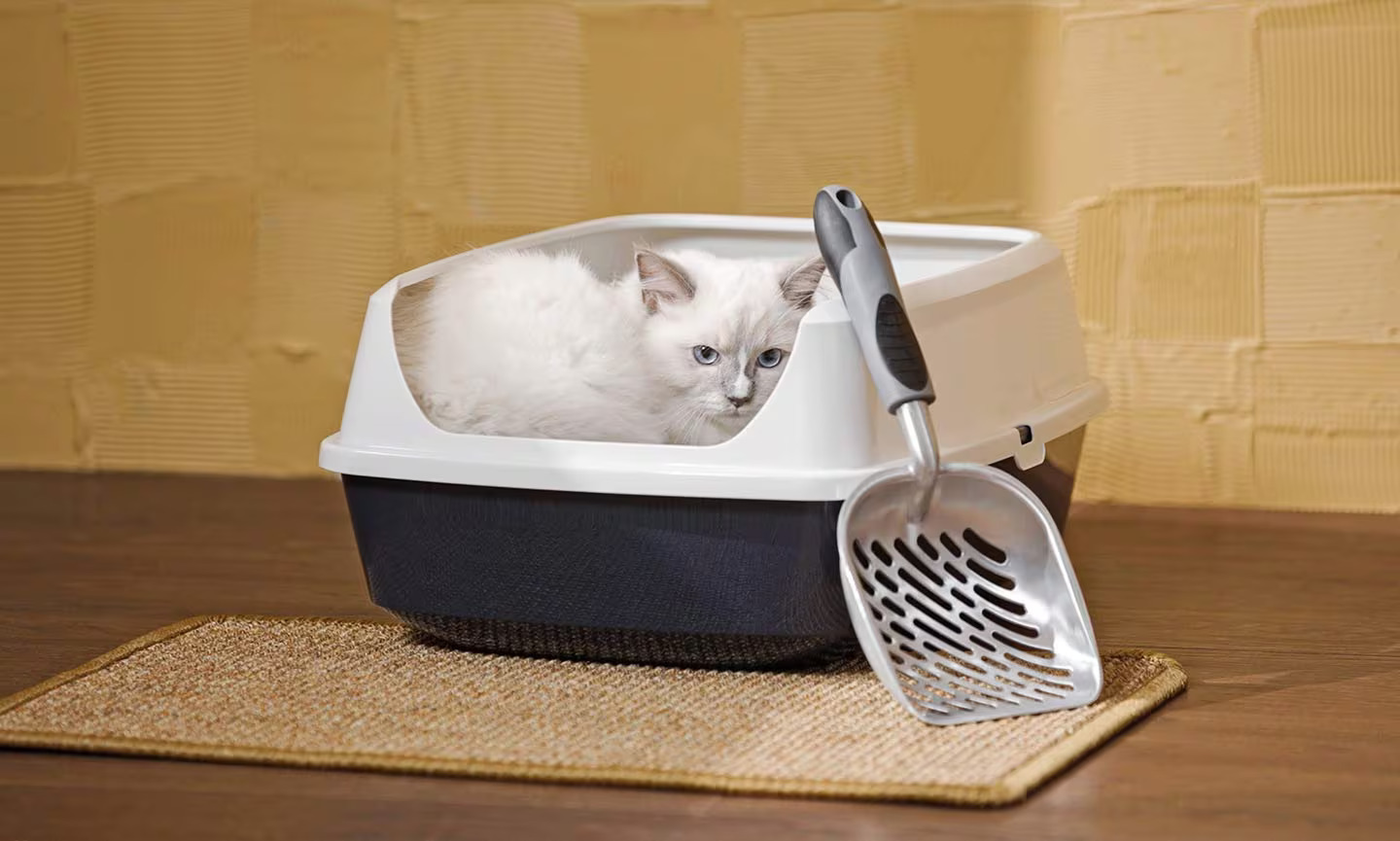
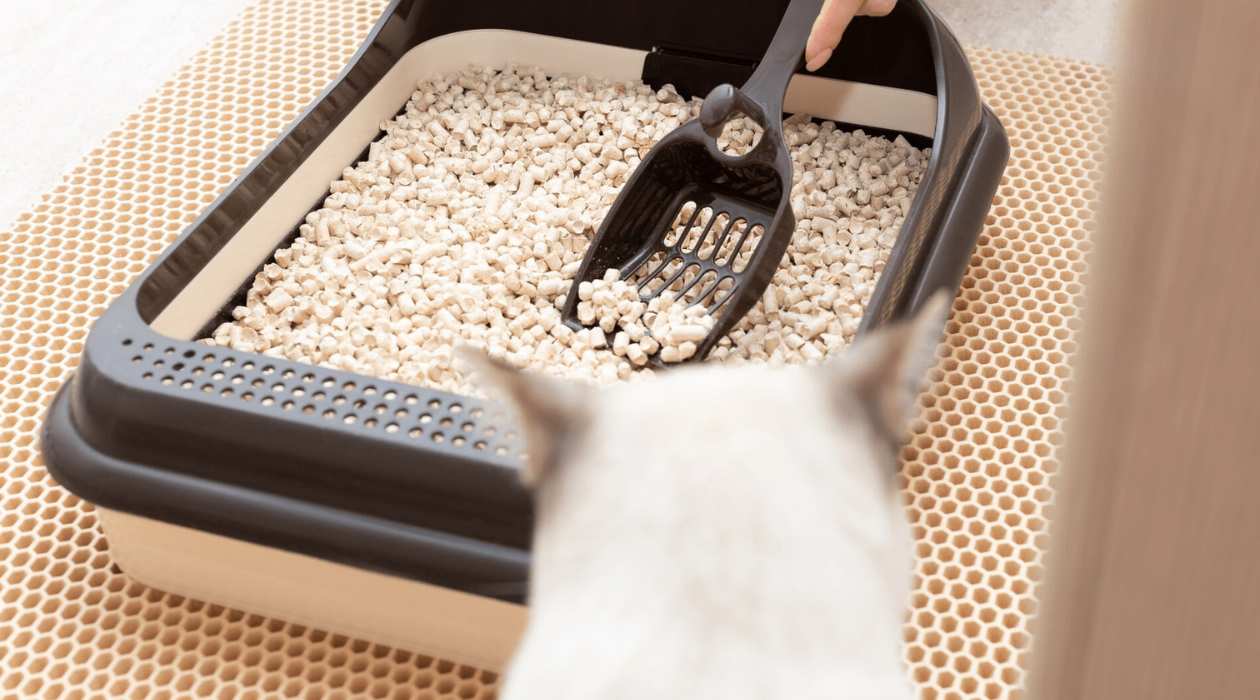
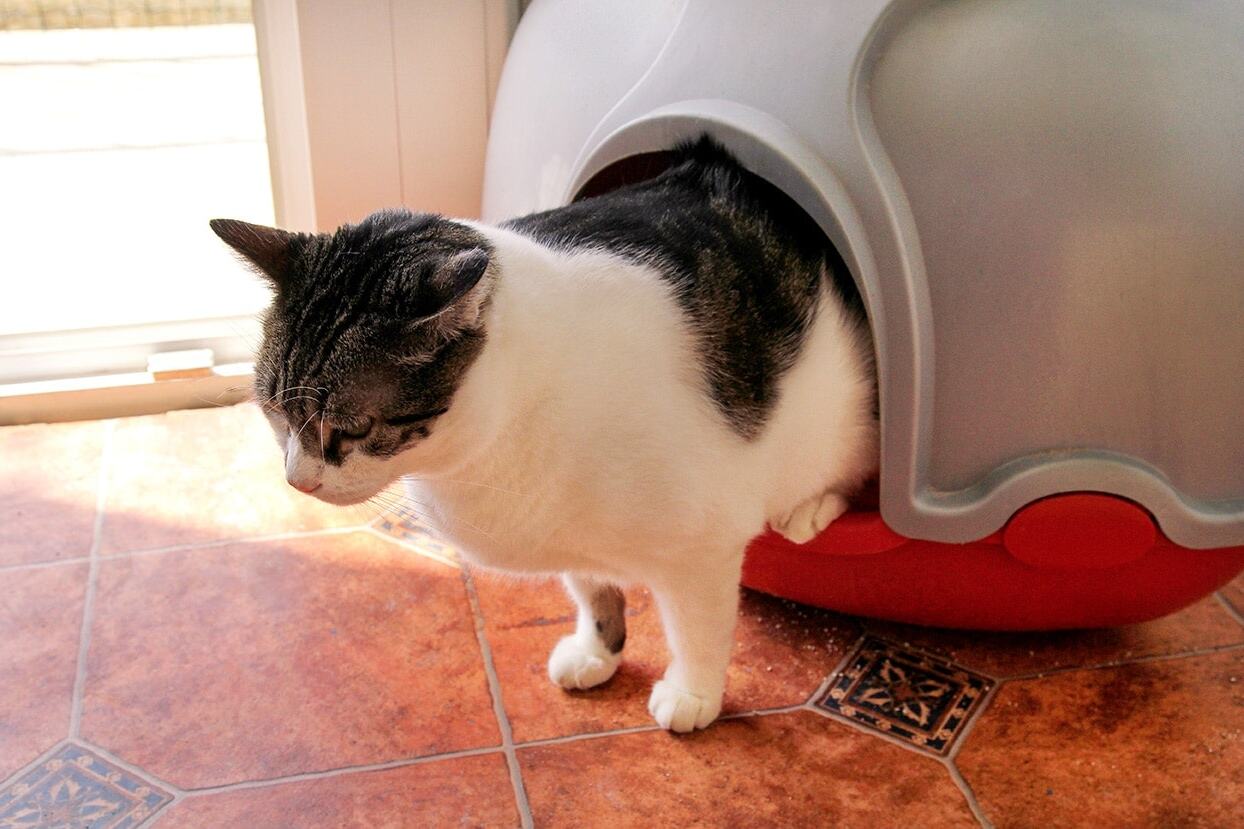
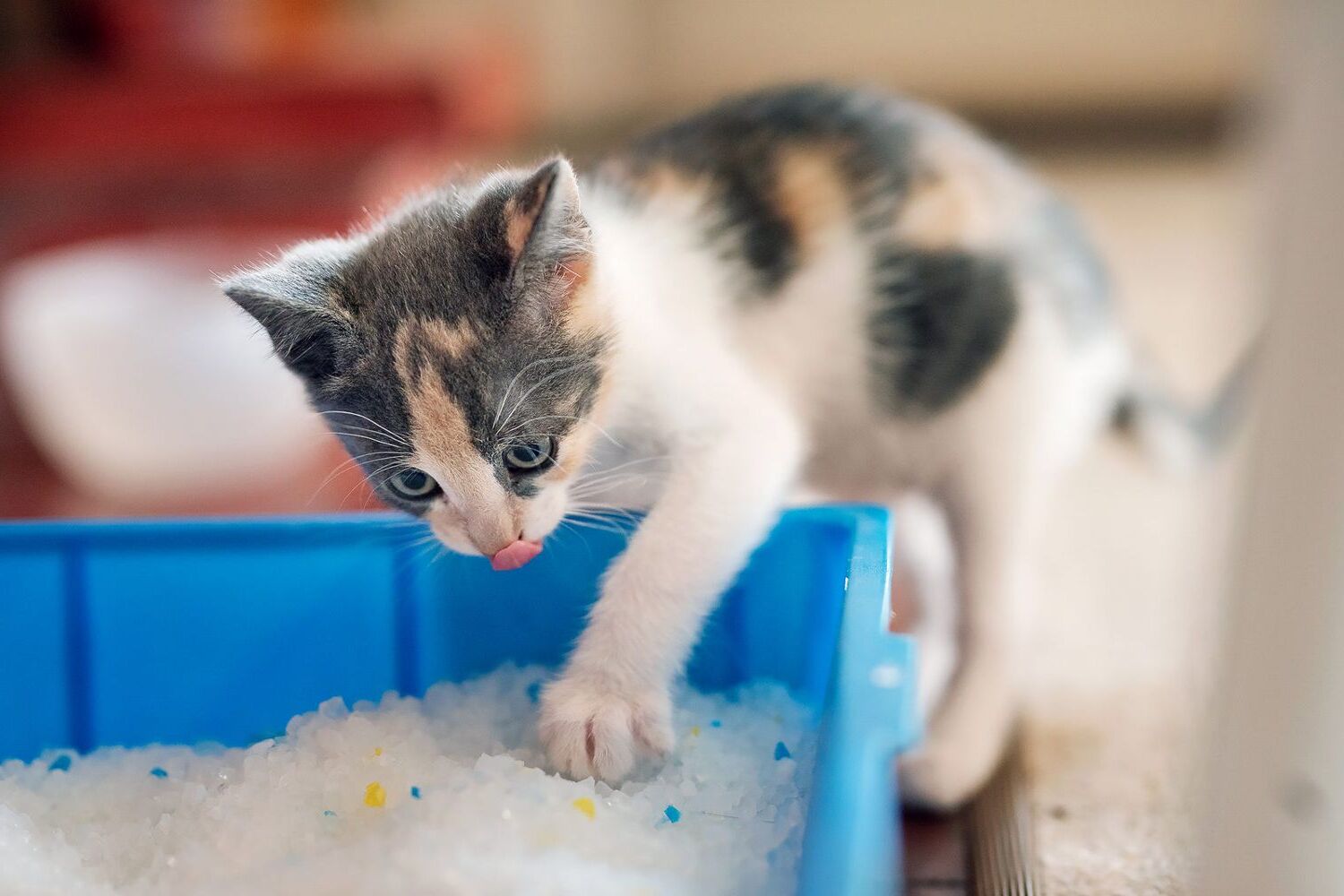
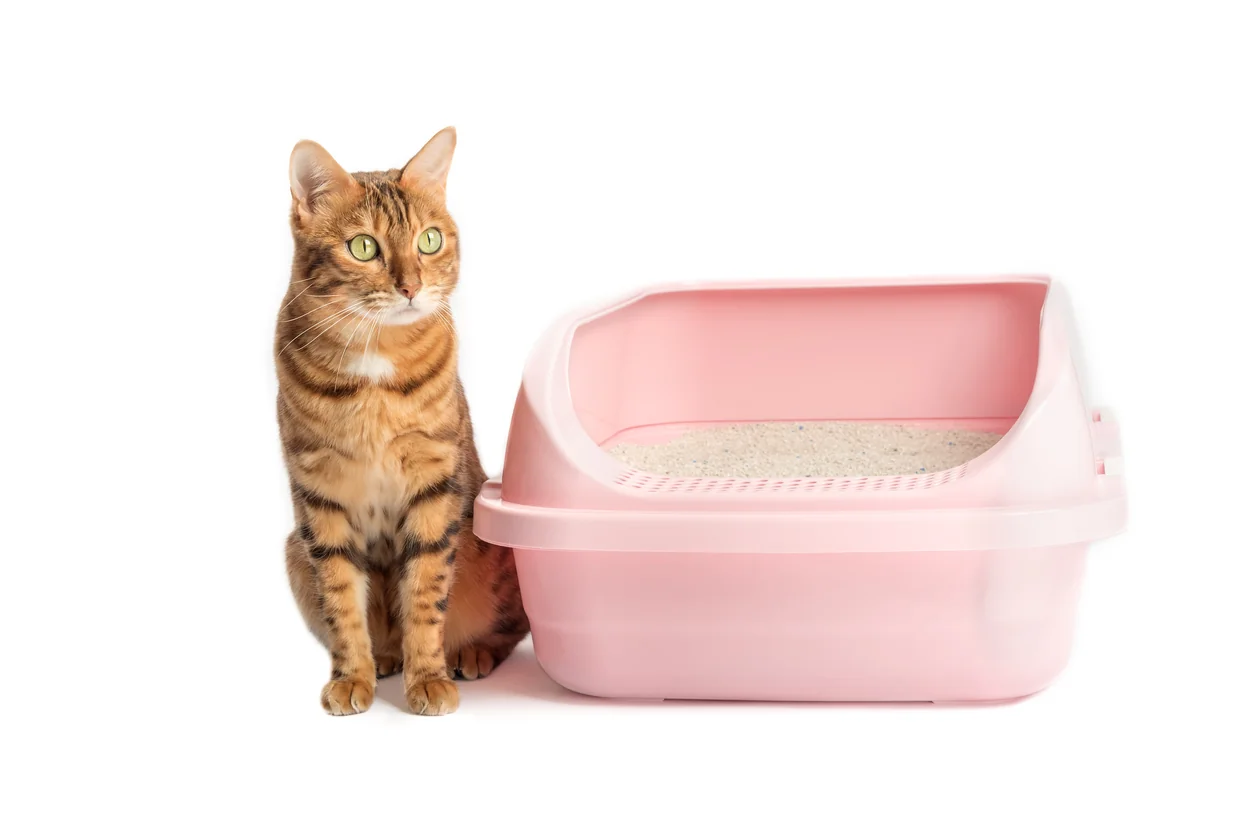
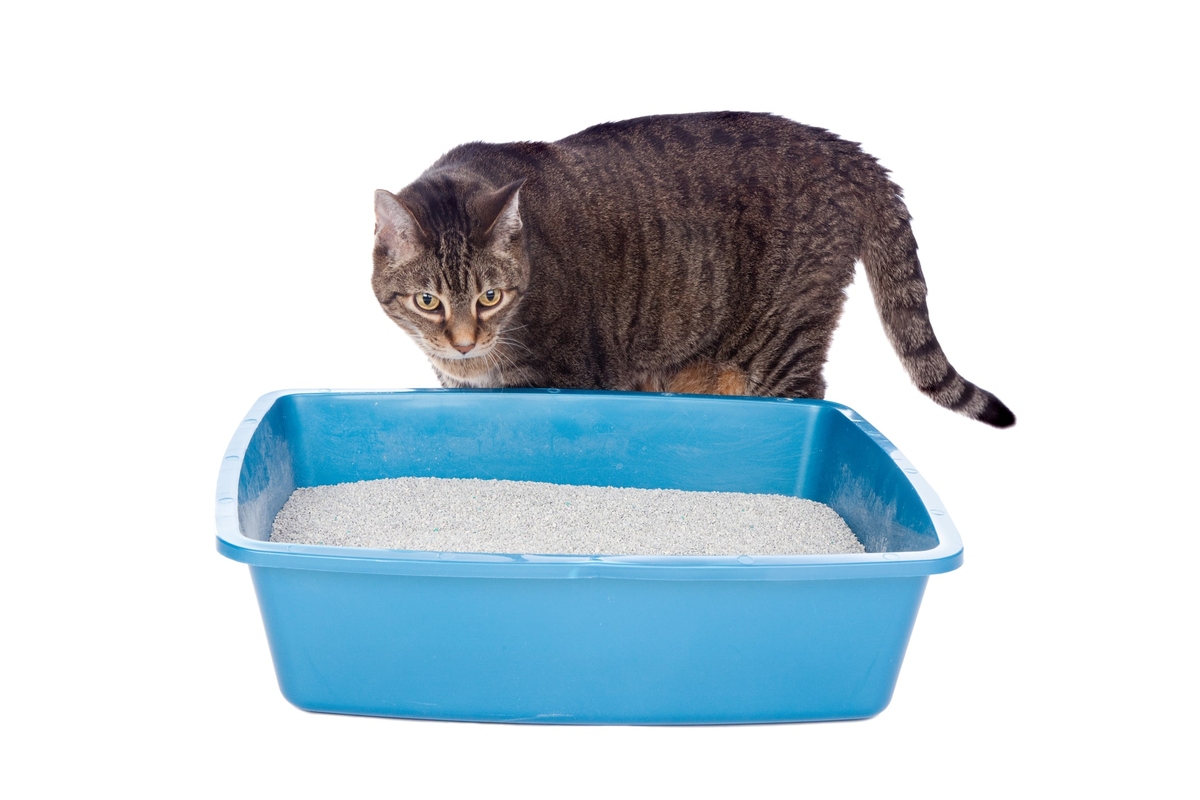
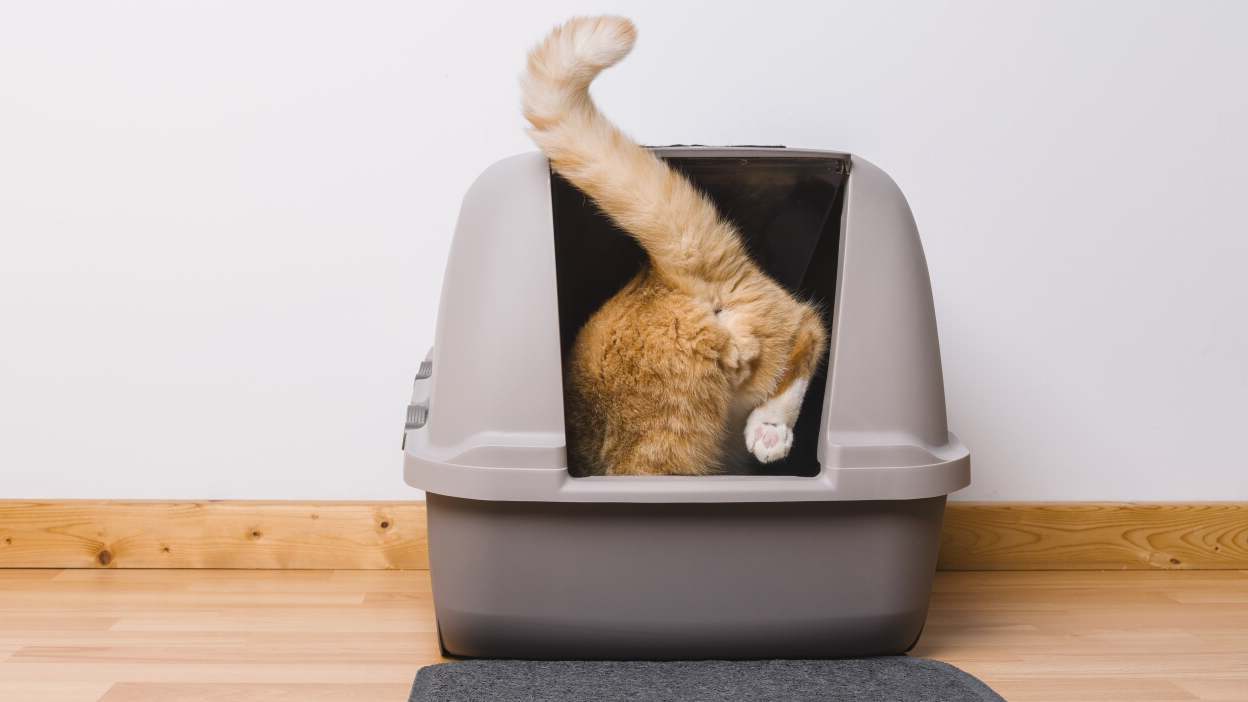
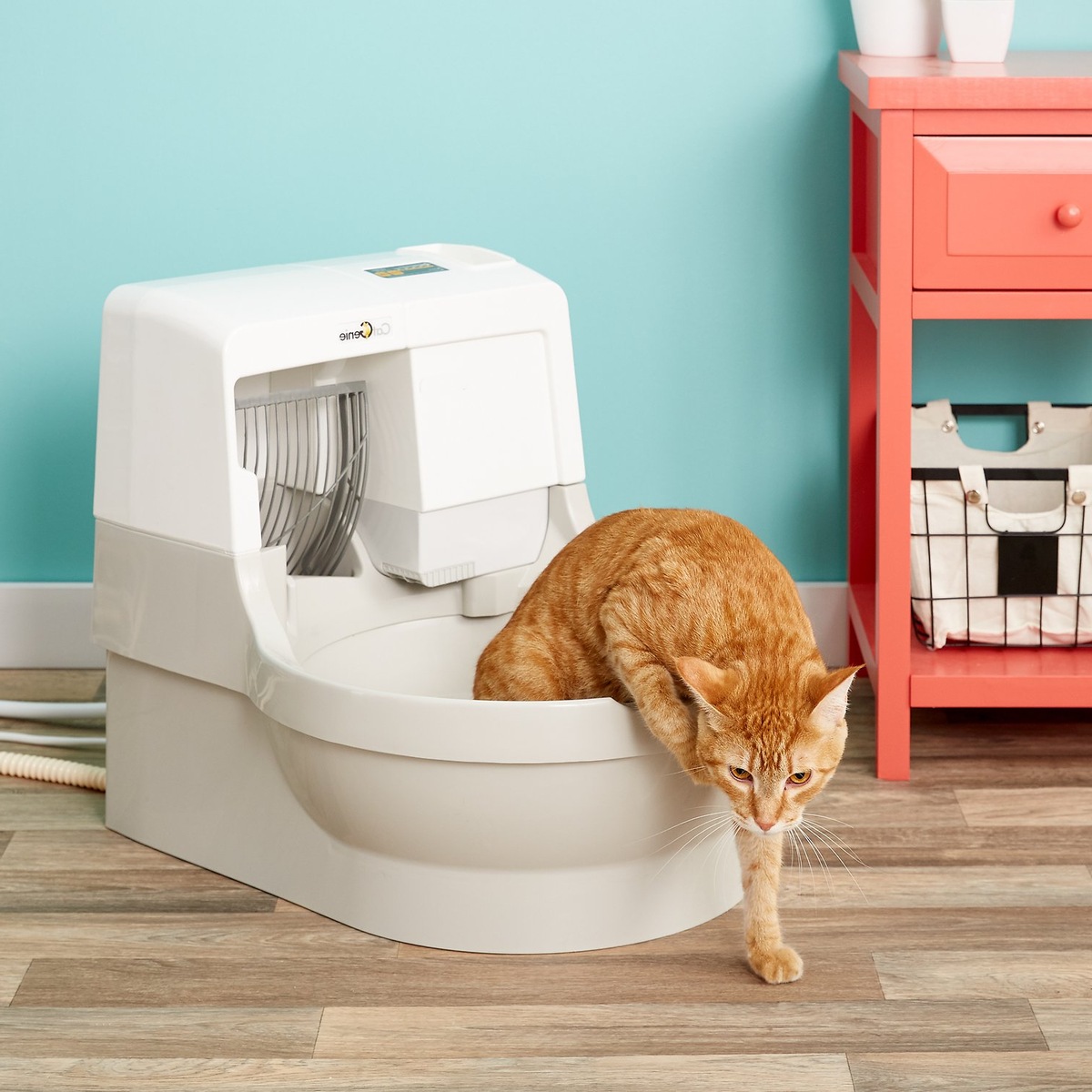
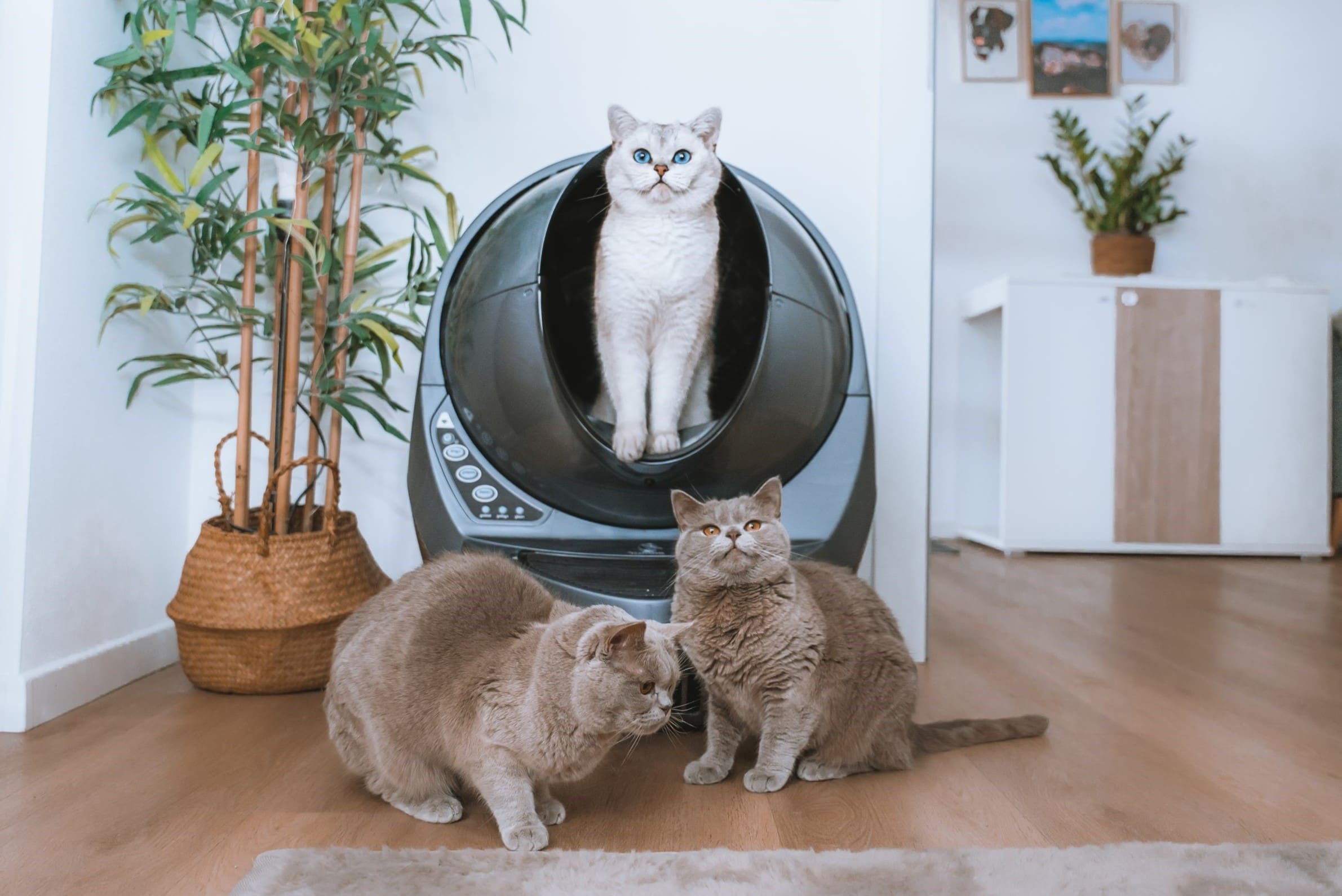
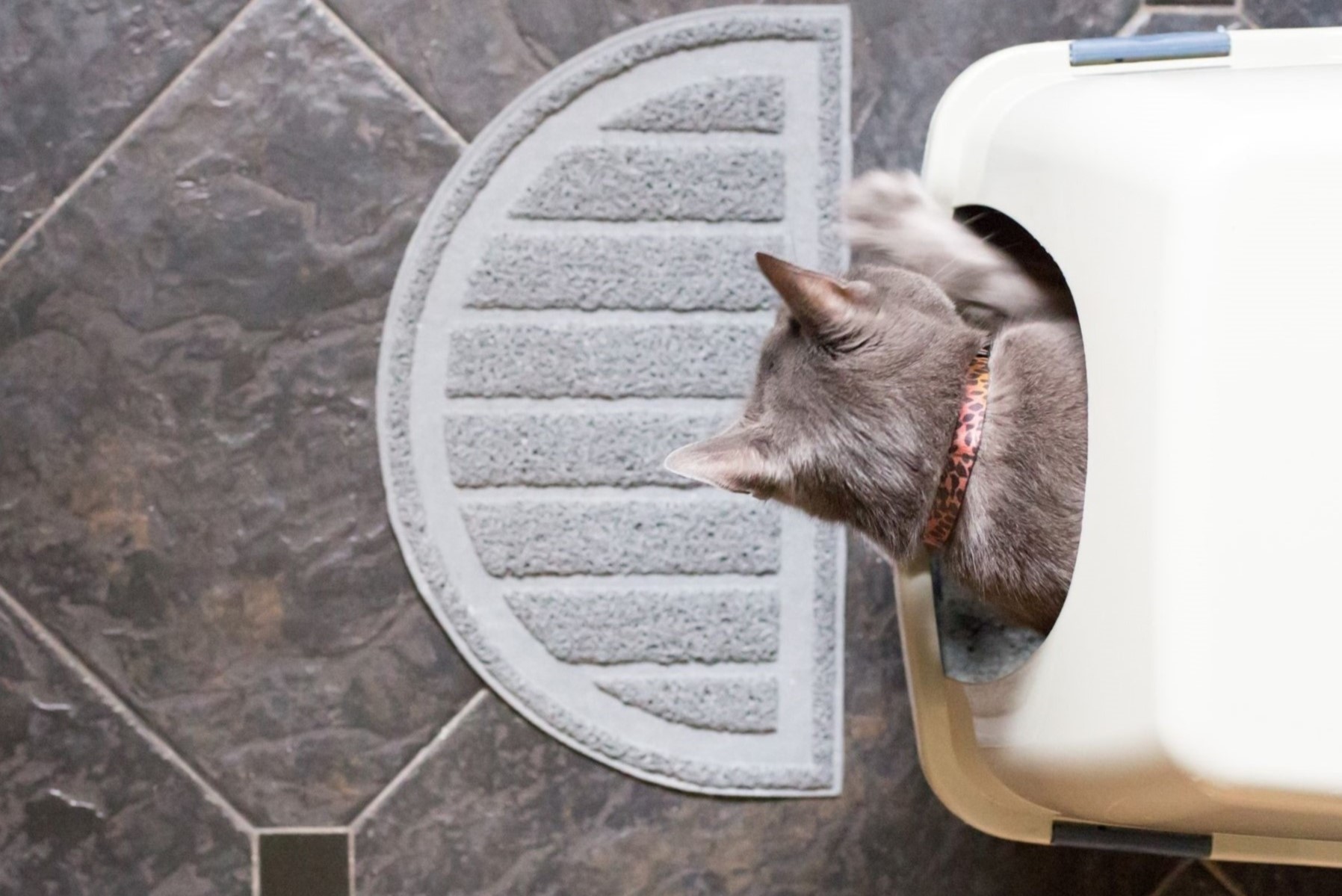

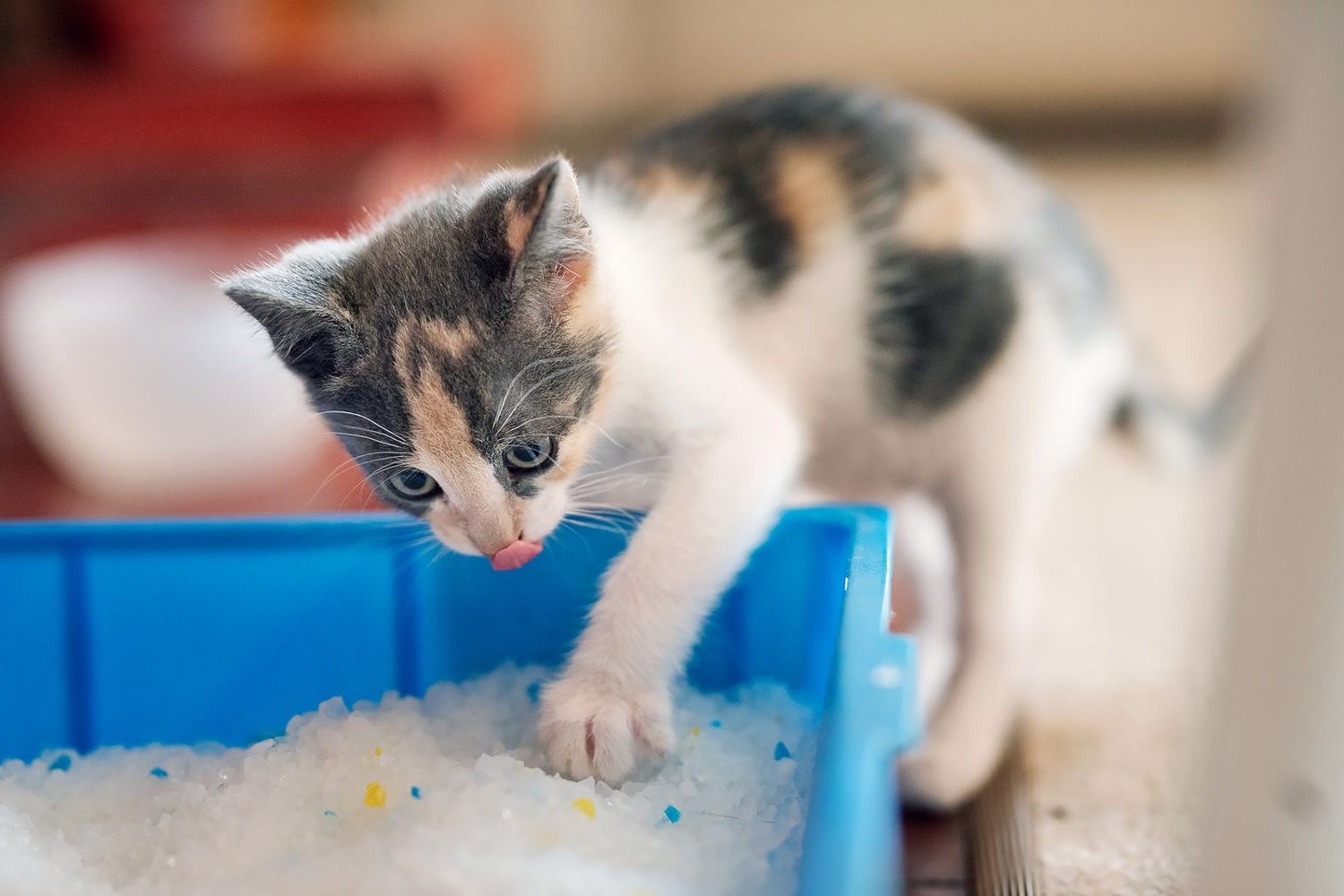

0 thoughts on “How To Retrain A Cat To Use The Litter Box After Uti”